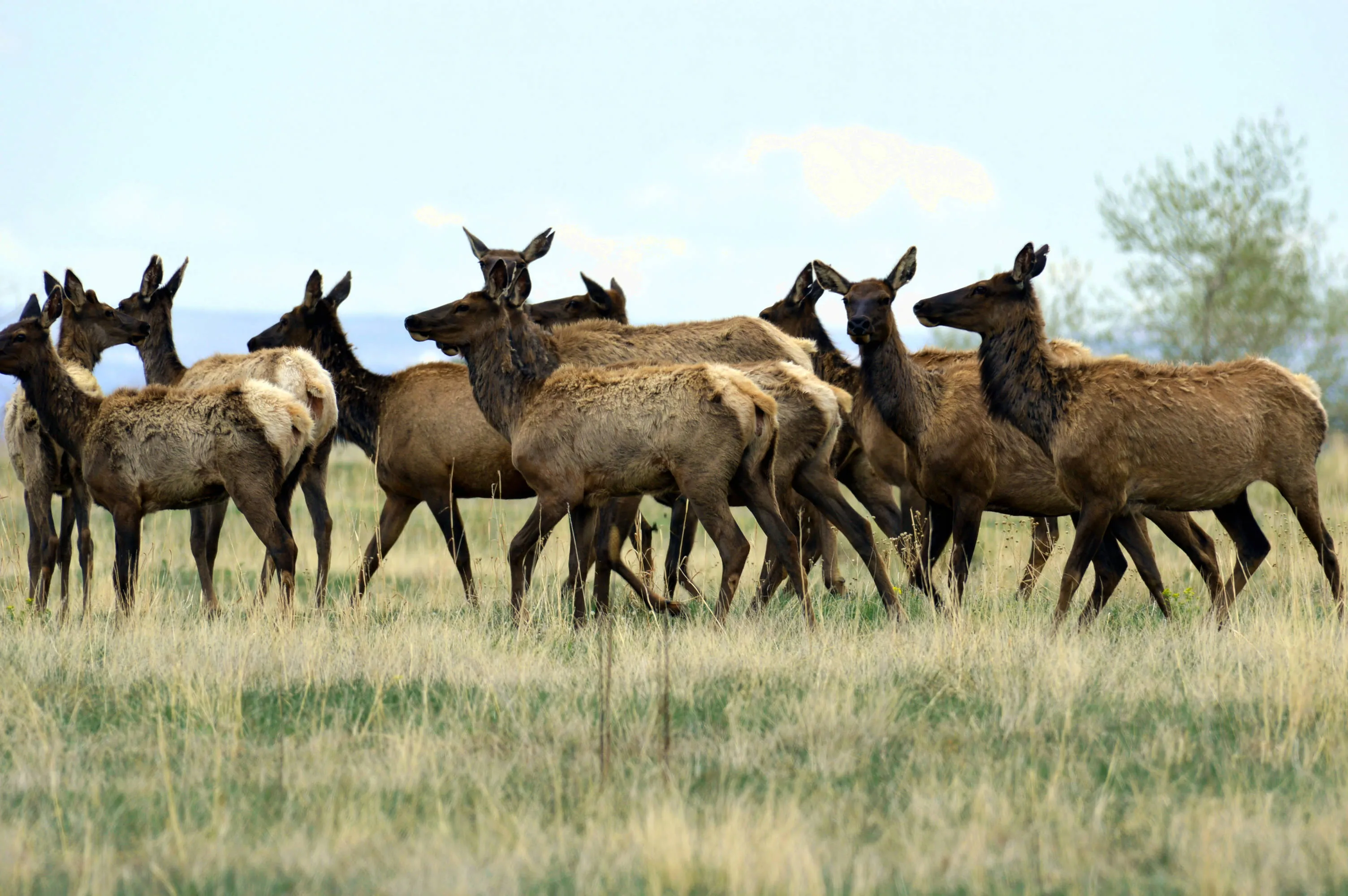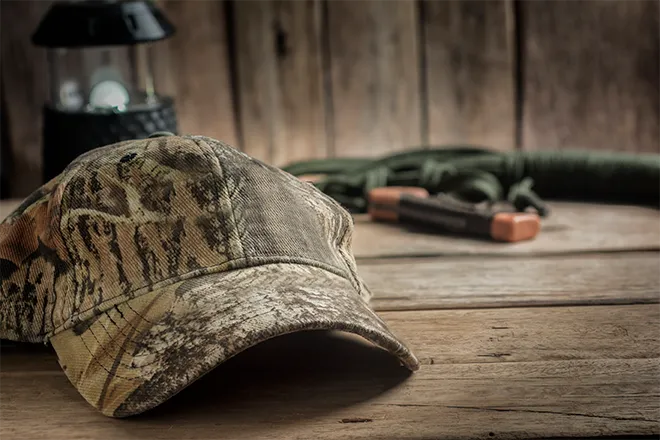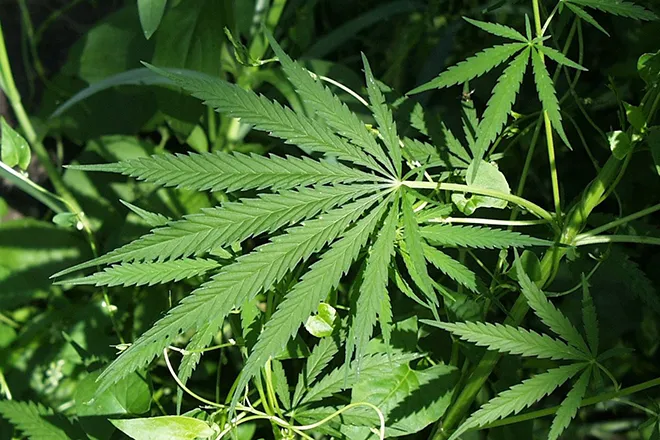
How to Photograph Birds With a Smartphone
Last year the most popular camera on the photo-sharing site Flickr was Apple’s iPhone. In fact, smartphones occupied 10 of the top 20 slots (and 8 of the top 11) in a list of devices favored by the site’s users. That trend reinforces what you already know: Phones are handy for taking photos. Great shots require great timing, and for that a smartphone has two big advantages: You carry it everywhere, and you intuitively get how it works. And while smartphones are still limited by the size of their sensors and lenses, the technology improves at the pace of Moore’s Law. The iPhone 6s boasts a 12-megapixel sensor, and LG’s G5 Android has two lenses—one for wide angles and one that’s a narrow 78 degrees. Of course, photographing birds is different than snapping a selfie. But with these tips, you’ll be able to add your life list to your camera roll.
Take Back Control
The camera app on most smartphones can autofocus and even track a subject. But for more precision and power you’ll want to have manual control. The ProCamera app (for iPhones) and the Camera FV-5 app (for Android) let you adjust the following key functions. (Tip: Experiment with them in your backyard, so they become automatic before you head into the field.)
Timed Shutter: If you’re using a scope to zoom in on a bird, the slightest touch of your camera can cause a vibration that will blur the image. Set the timer on your phone’s camera to delay the shot. Another option is to remotely trigger the shot using the volume-down button on your headphones.
ISO: By default, smartphones automatically set the ISO (a measurement of the camera’s sensitivity to light). If your subject is in the dark underbrush, increasing the ISO will make the camera more receptive to available light.
File Size: Larger images contain more information, which gives you more to work with when you go to edit them later. Set your phone to save photos with the highest pixel dimensions and in the TIFF format, so they remain uncompressed.
Shutter Speed: To capture a fast-moving bird, you’ll need a fast shutter speed (and a higher ISO to maintain an even exposure). By playing with the shutter speed you can also attain different effects, such as a crisp body with blurred wings.
Compose Your Shot
Your smartphone will let you home in on a bird, but it isn’t a true zoom—it just crops into the size of the original photo and leaves you with a pixelated image. Also avoid shooting square images—there’s no point in cropping out detail prematurely, and even Instagram now features wide images. When recording video, rotate your phone to horizontal, or sideways; nothing ruins great footage like black bars on either side of the screen.
Fine-tune Your Photo
While editing apps can’t fix blunders like a blurred subject, they can turn a so-so image into an arresting shot. The Photoshop Express and Snapseed apps—available for both Android and iPhone—let you sharpen images, increase saturation, and change color temperature, among other effects. The apps also give you the option to save the image to your camera roll or share it directly to social media.
What You'll Need
Digiscoping, or combining a digital camera and spotting scope, turns your smartphone into an optical device with incredible telephoto reach. While you could simply hold your phone up to a scope, using an adapter that connects the two saves you the frustration—and muscle fatigue—that comes with trying to line up a clear shot.
If you’re interested in digiscoping but aren’t sure you want to shell out for a spotting scope, your binoculars offer a more affordable—though less powerful—alternative. The simplest option is to buy a binocular adapter (starting at around $25) that attaches your phone to one of the optics’ eyecups. For greater stability, add a tripod to the mix (sturdy full-size aluminum ones start at about $100): Several companies make tripod adapters (starting at around $20) that screw into the mount located at the hinge of most binoculars. And to avoid jostling the perfect setup, snap the shot with a remote shutter ($10 and up for wireless or cable remote).















